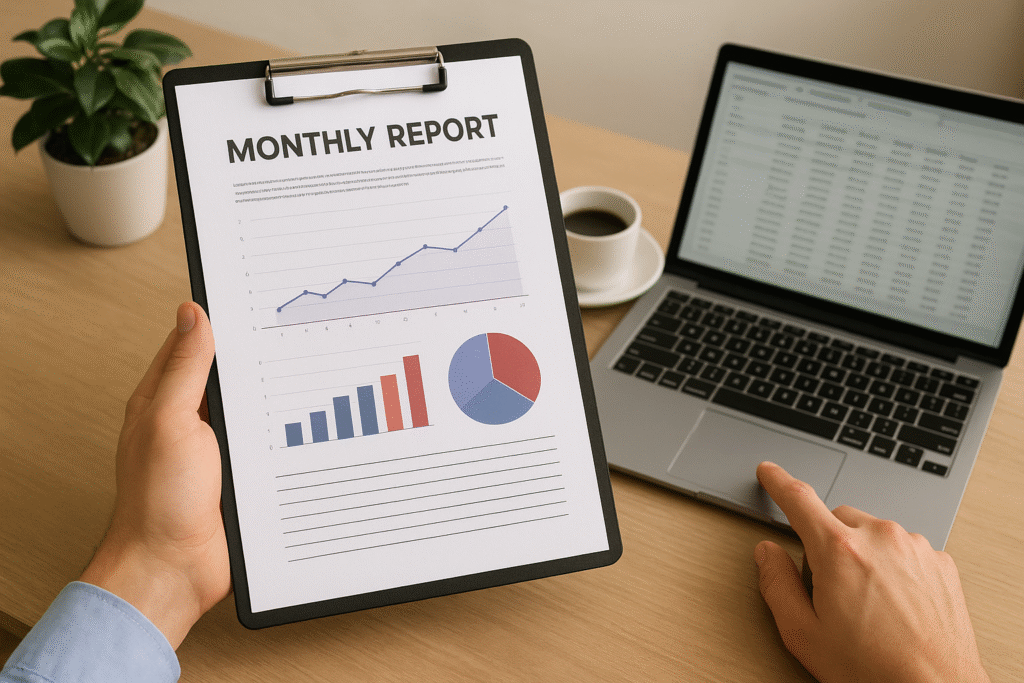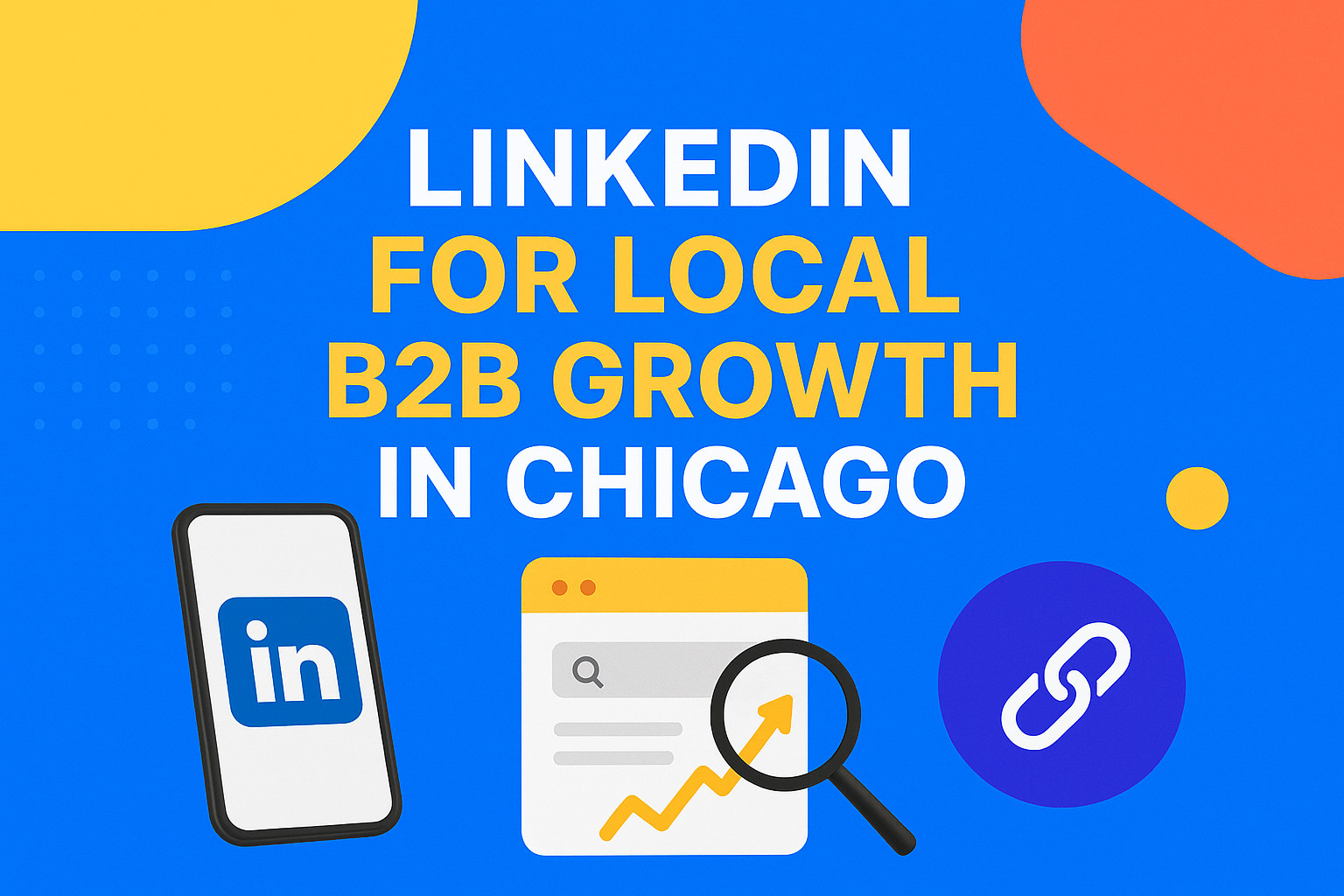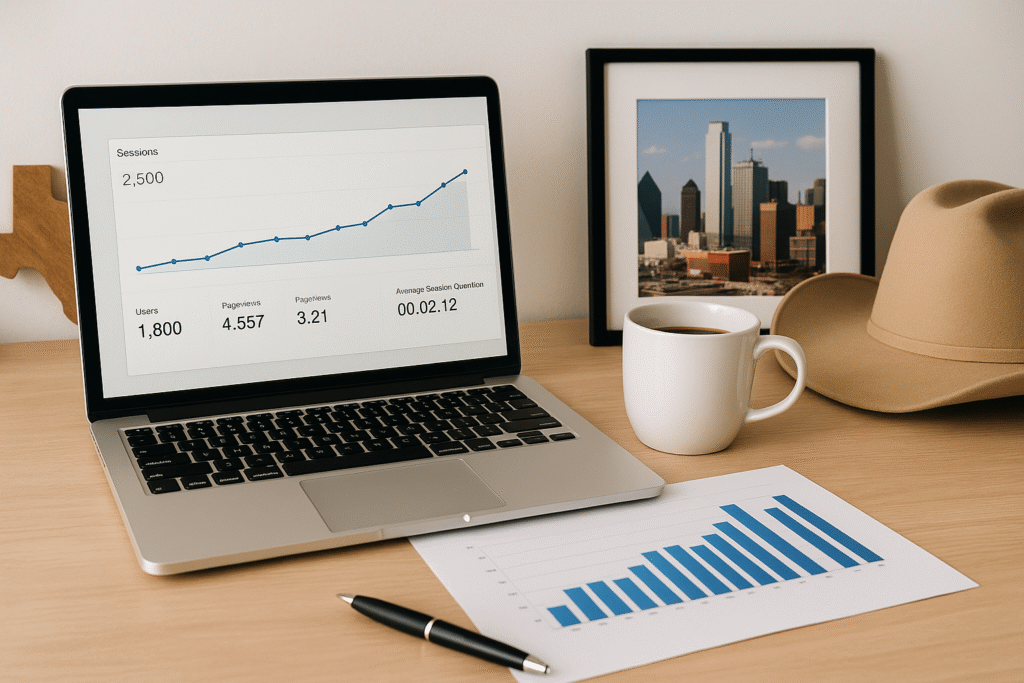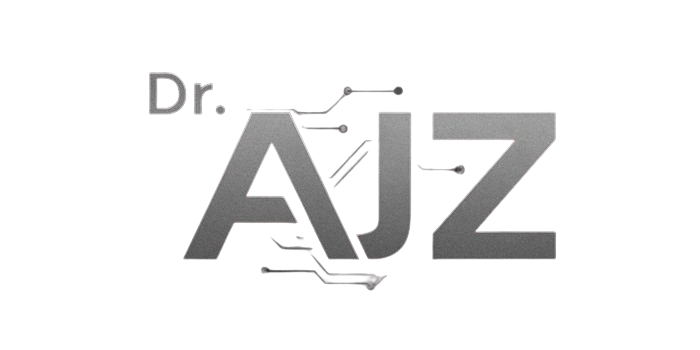SOP: Delivering Monthly Reports Without Overwhelm

If you’ve ever managed multiple clients in digital marketing, you know the recurring challenge: how do you deliver detailed monthly reports without creating overwhelm — for yourself or your clients? Building an effective SOP delivering monthly reports without overwhelm isn’t just about sending data. It’s about structuring insights, aligning metrics with client goals, and presenting […]
LinkedIn for Local B2B Growth in Chicago

When it comes to professional networking, no platform offers the scale and precision of LinkedIn. But while many businesses use LinkedIn for broad outreach, few harness its potential for local B2B growth in Chicago. The truth is, LinkedIn can be one of the most effective channels for local lead generation, relationship building, and brand positioning […]
What Makes a Website Convert in Dallas

In today’s digital marketplace, having a website is no longer enough. Every business in Dallas, from local restaurants in Deep Ellum to law firms in Uptown, has a digital presence. The real question is: does your website actually drive leads and sales? Understanding what makes a website convert in Dallas comes down to a blend […]
